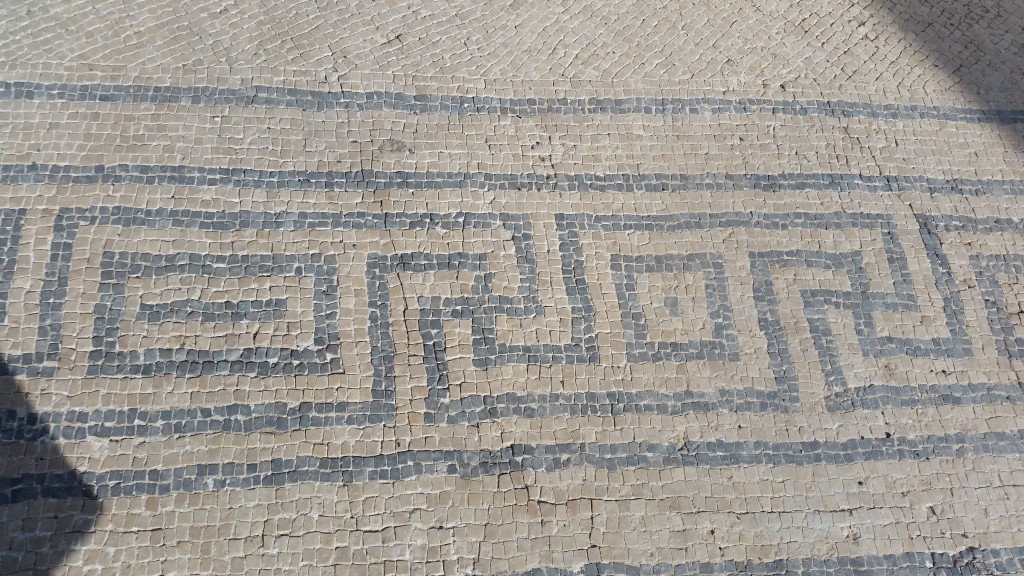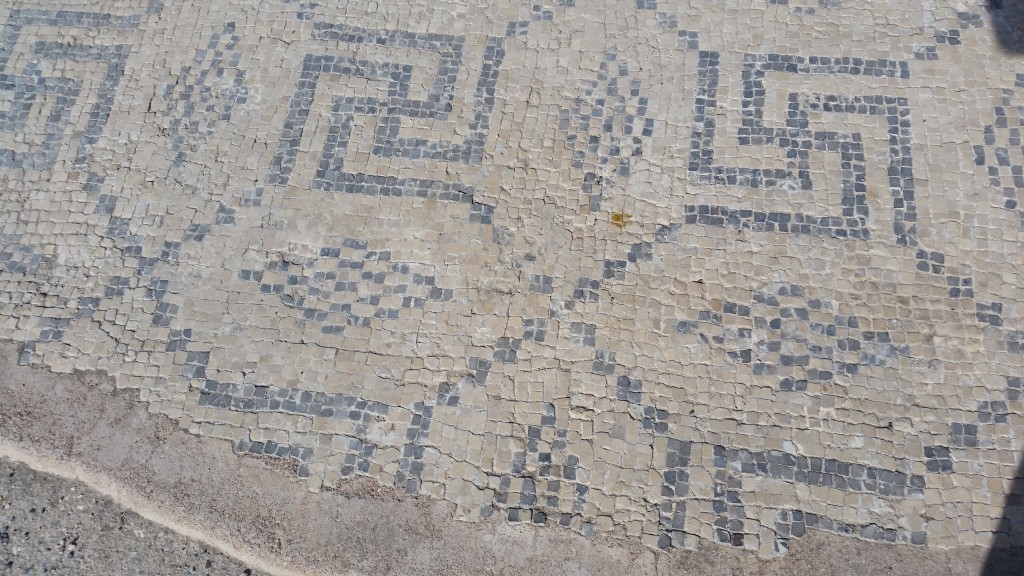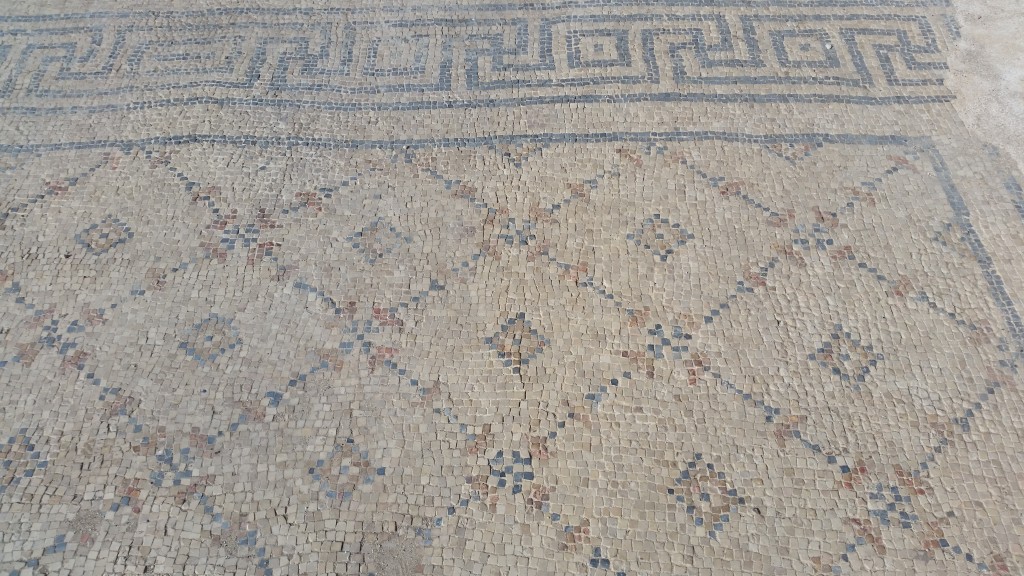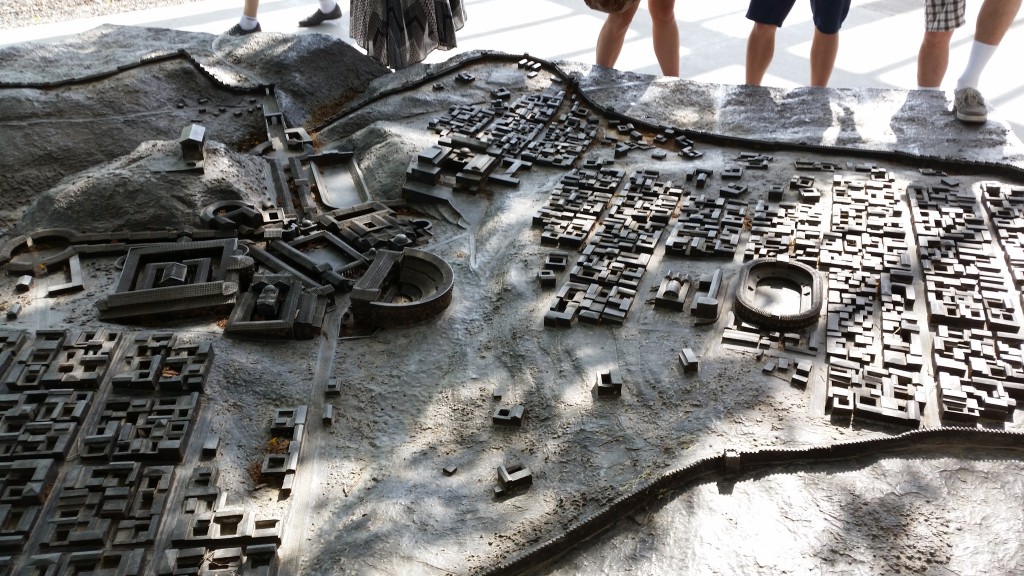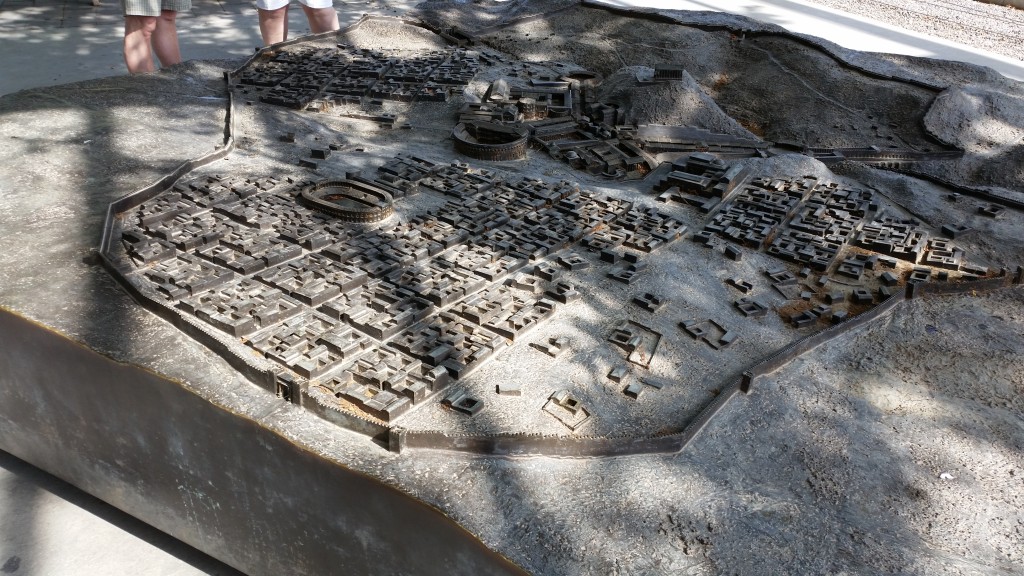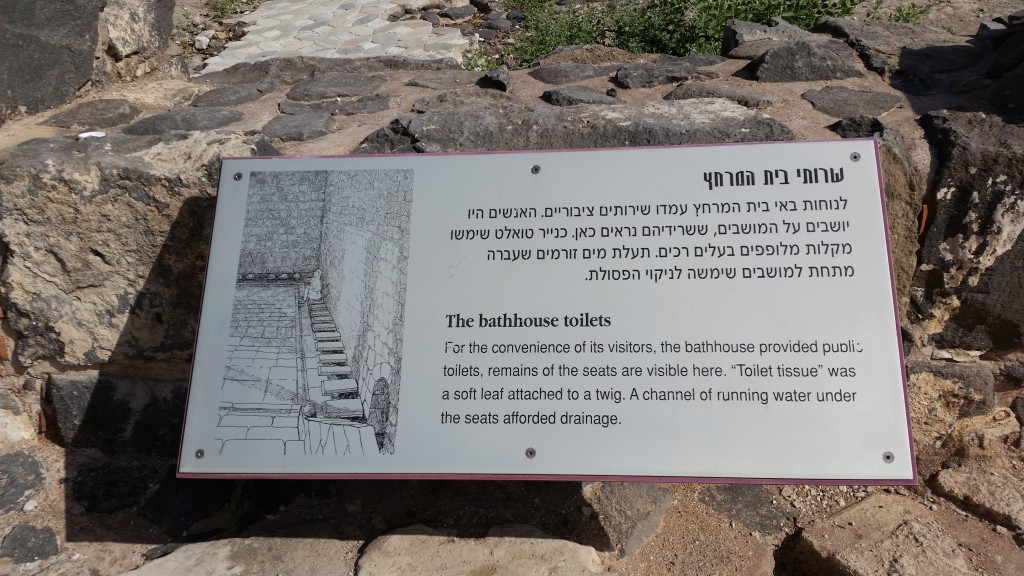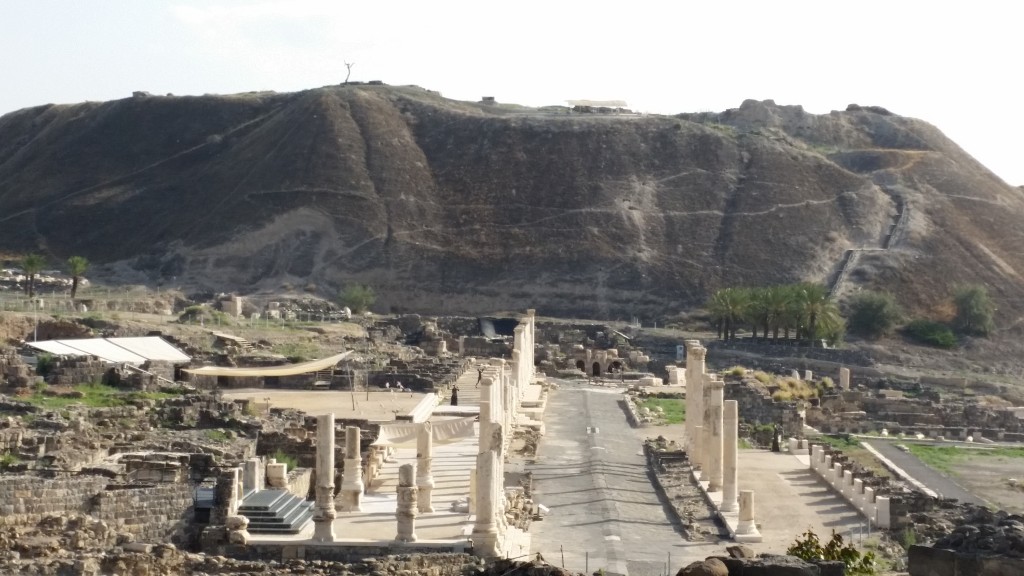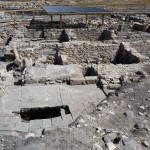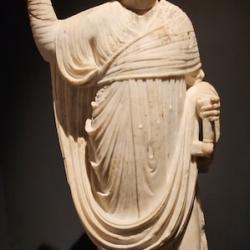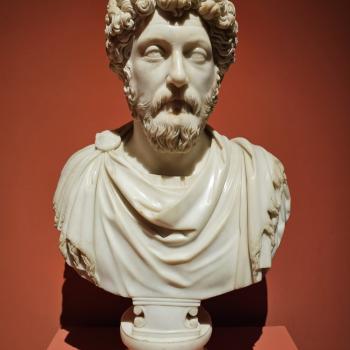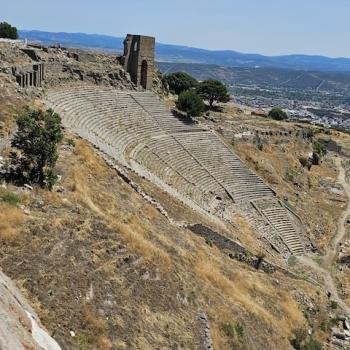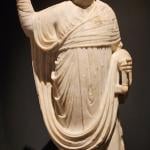Our next destination as we head south to Qumran and the Dead Sea is Beth Shean/Scythopolis, or more properly speaking, just the latter. There isn’t time to do both in one day. Scythopolis or the city of the Scythians (I’ll let you look them up. They are mentioned in passing in the NT). This is the only city of the Decapolis, the league of ten Greek cities, that is within the traditional borders of Israel. It is a further reminder of how Hellenized Israel was long before Jesus was born. This city is one of the best excavated sites in Israel of relevance to NT studies, as it gives you a good picture of what such a city would have looked like. Here first is a modern model of what the city would have looked like in Jesus and Paul’s era.
We are going to explore the theater, the baths, and some of the public streets and mosaics. Clearly, this town had money, a lot of money. The public buildings are impressive. Here is the schematic for the impressive theater.
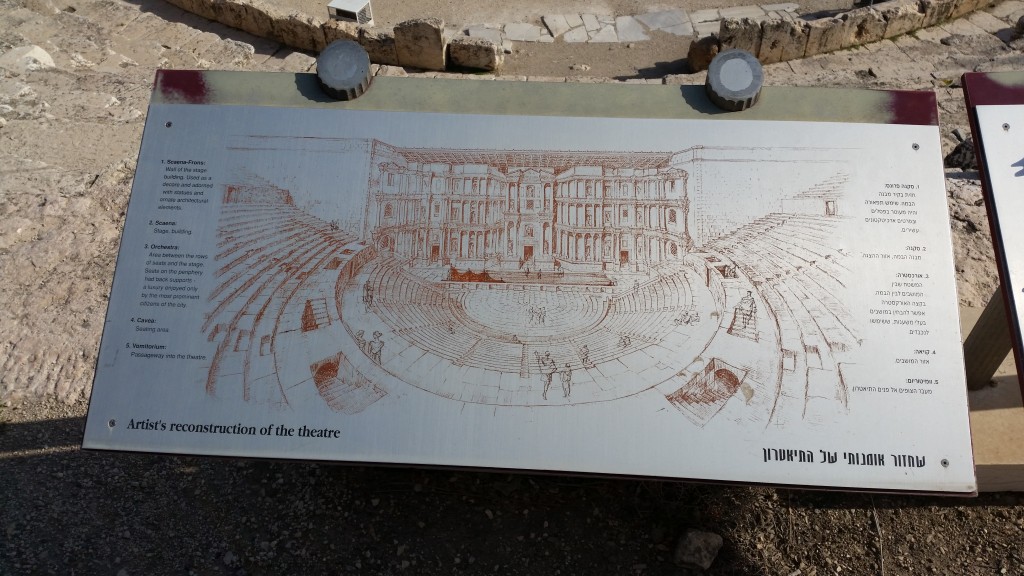
What you would normally see in this theater is Greek comedy or drama (though sometimes you might get a Roman play by say Juvenal, that is if it wasn’t too juvenile 🙂
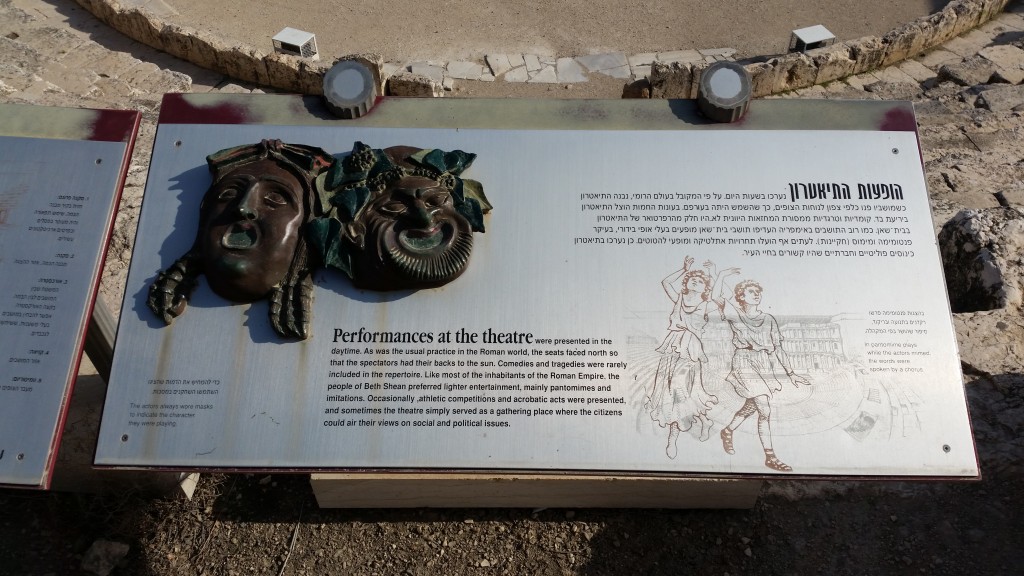
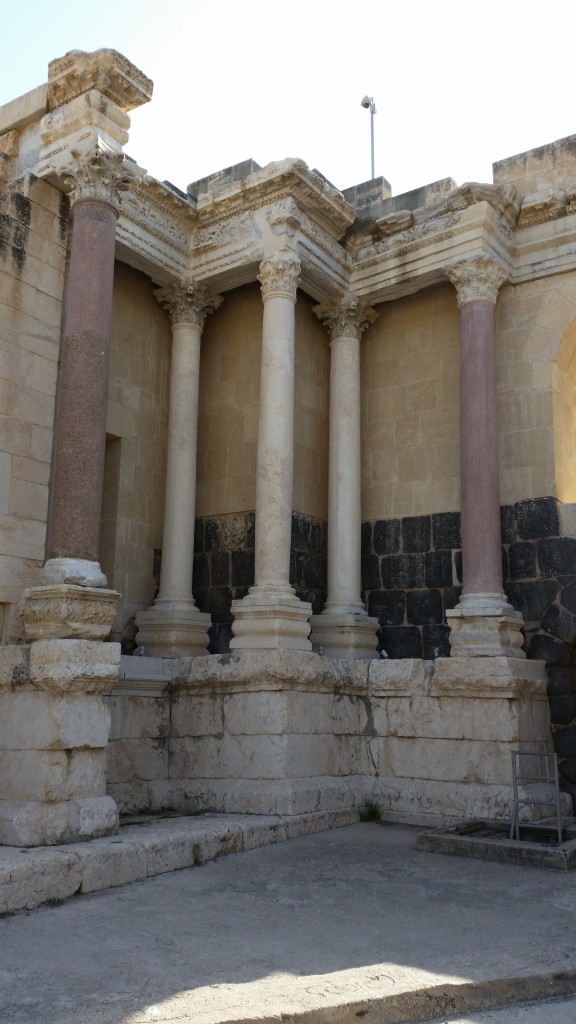
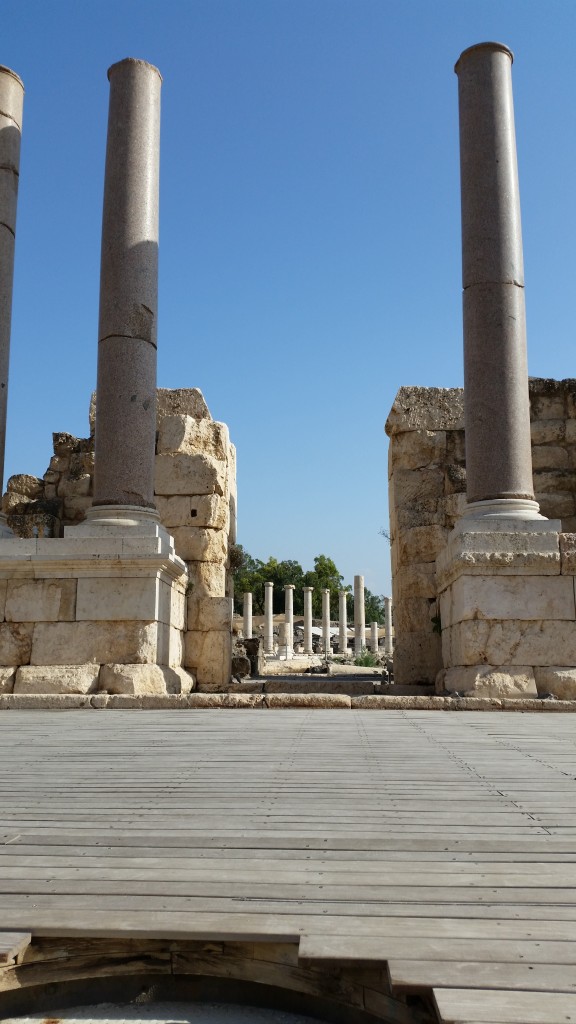
Here’s what the theater looks like today…
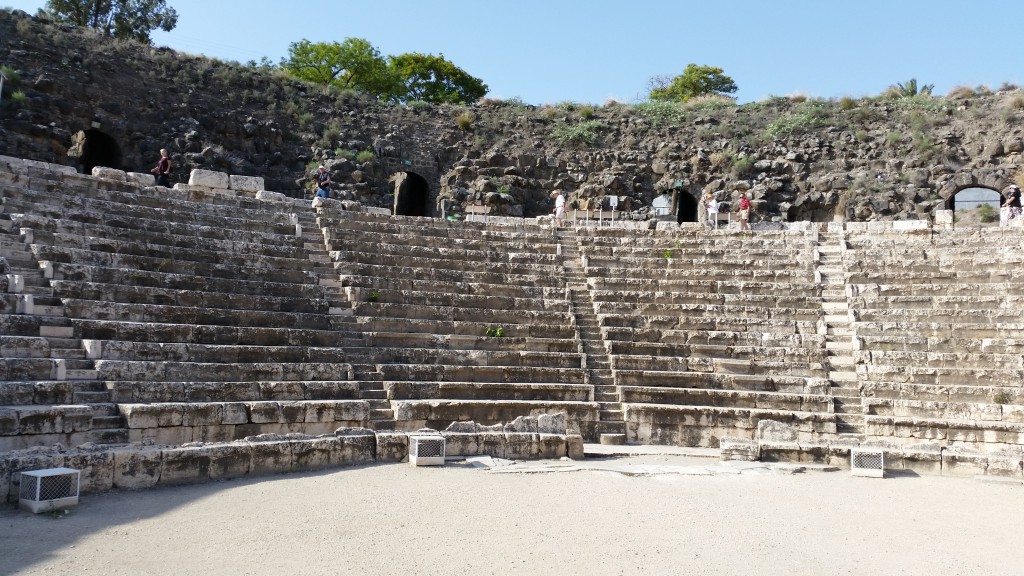
When the play was over the dramatis personae otherwise known as the actors would leave via the vomitorium= exit ramp and then head for the bath complex.
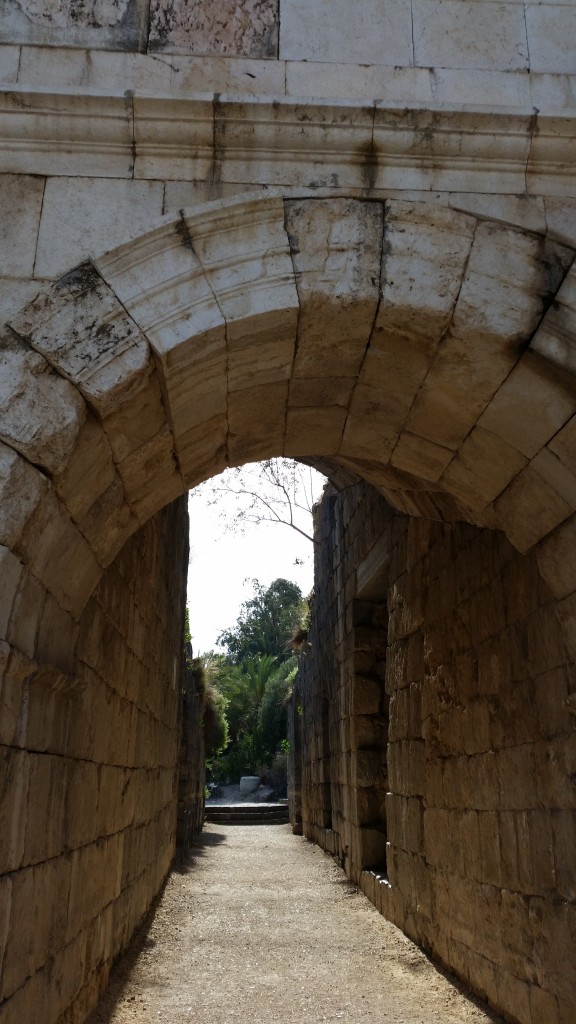
Here’s a nice model of what the baths would have looked like.
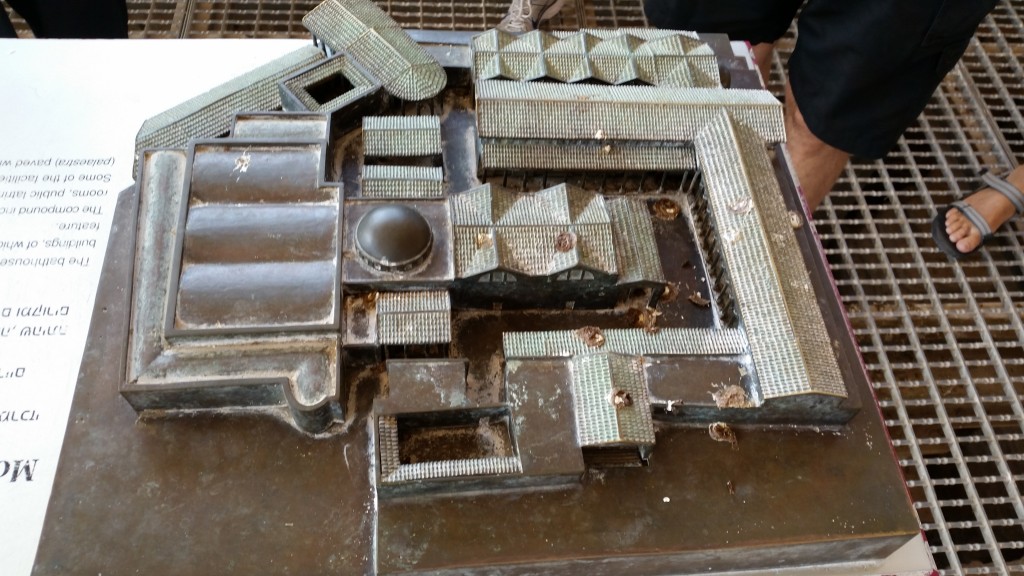
Basically there were three rooms in the baths, the cauldarium (the steam room), the tepidarium (the warm room), and the frigidarium (the cool down pool). The first was heated by a hypocast system under the floor which involved the heating up of columns usually made of brick, and then the heat would come into the room in the form of steam. Here’s a shot of the hypocasts—
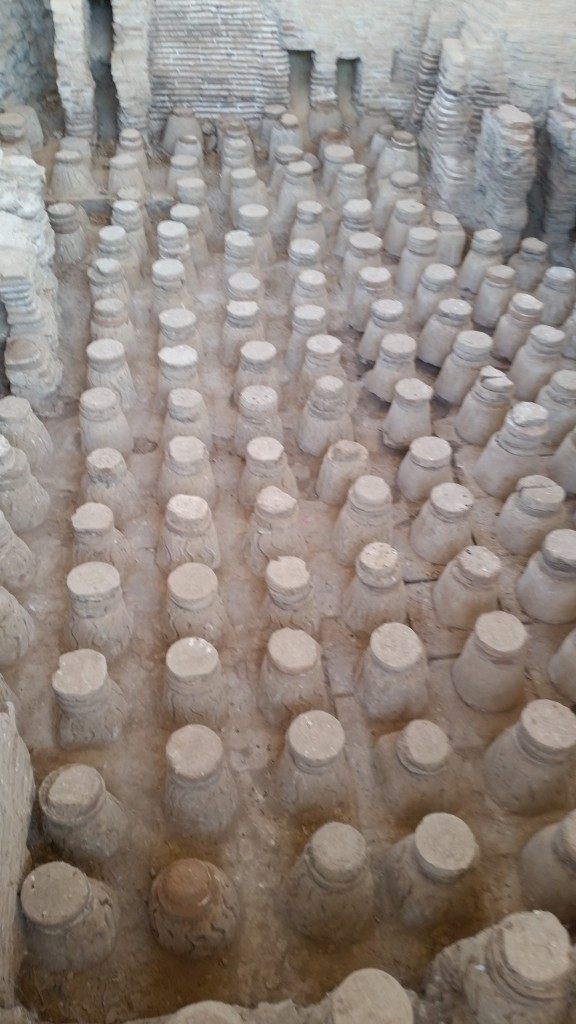
Here’s a nice little description of the activities in the baths which would also include slaves scraping people’s skin with a strigle, and of course the obligatory trips to the latrine, which you will see in the 2nd picture below.
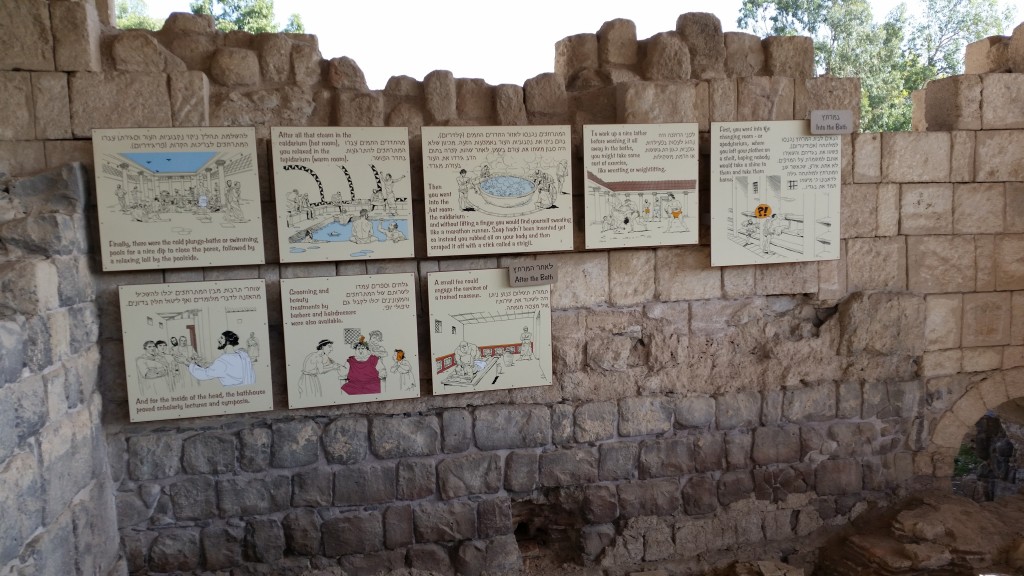
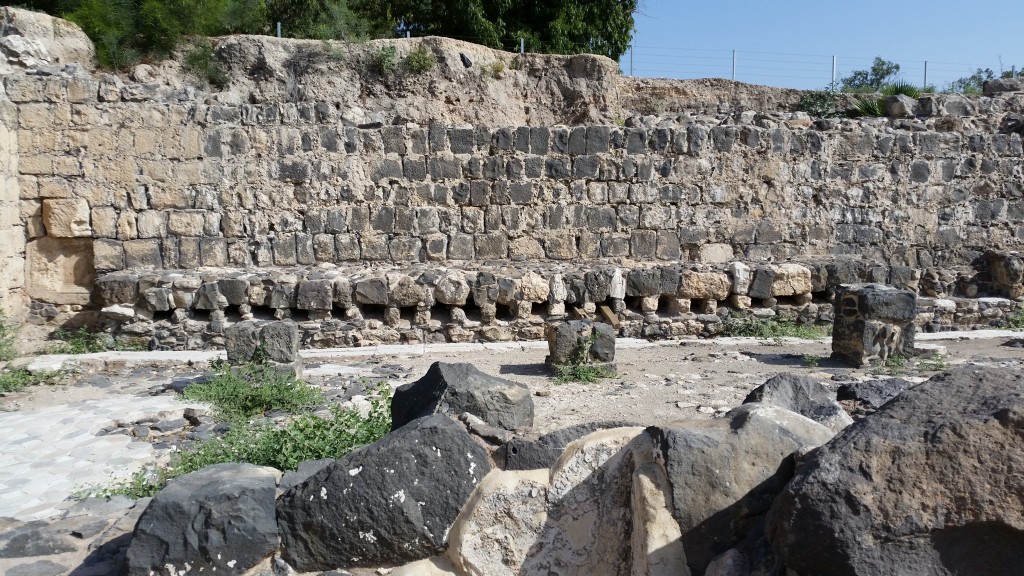
In case you are wondering, the ancients thought it wise to use public restrooms, and very few had private ones. In their view, why foul your own nest?? Otherwise, it was mostly chamber pots at home.
On the back side of the baths was a fountain, which was later appropriated by Christians when they took over this city.
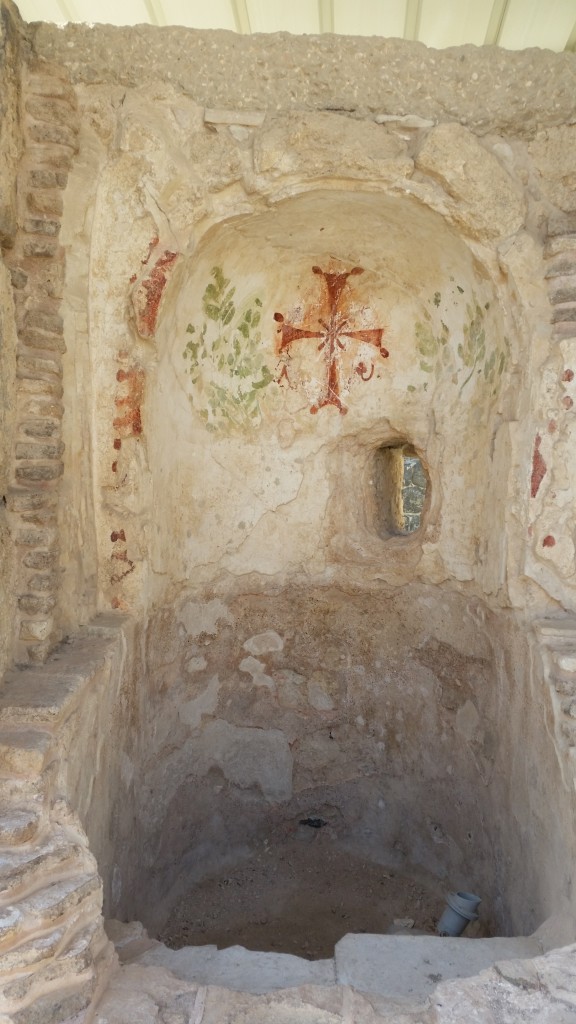
Once you were all clean and spiffed up, you would go for a walk down main street (aka the cardo maximus) and visit some shops.
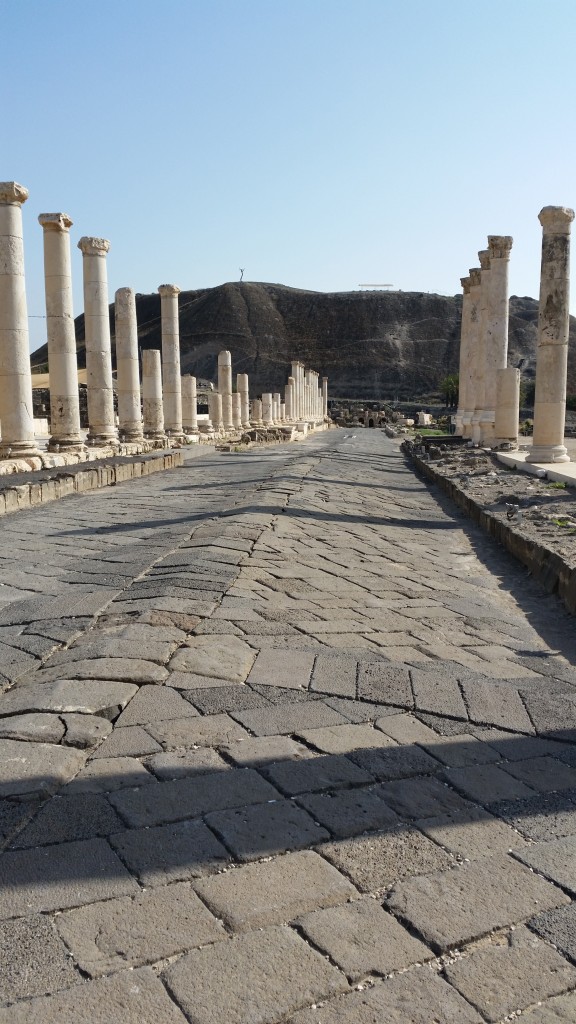
The mosaic patterns in the street next to the shops and in the floors of the shops were worth seeing all by themselves. And sometimes you would find an inscription like this big Greek one….
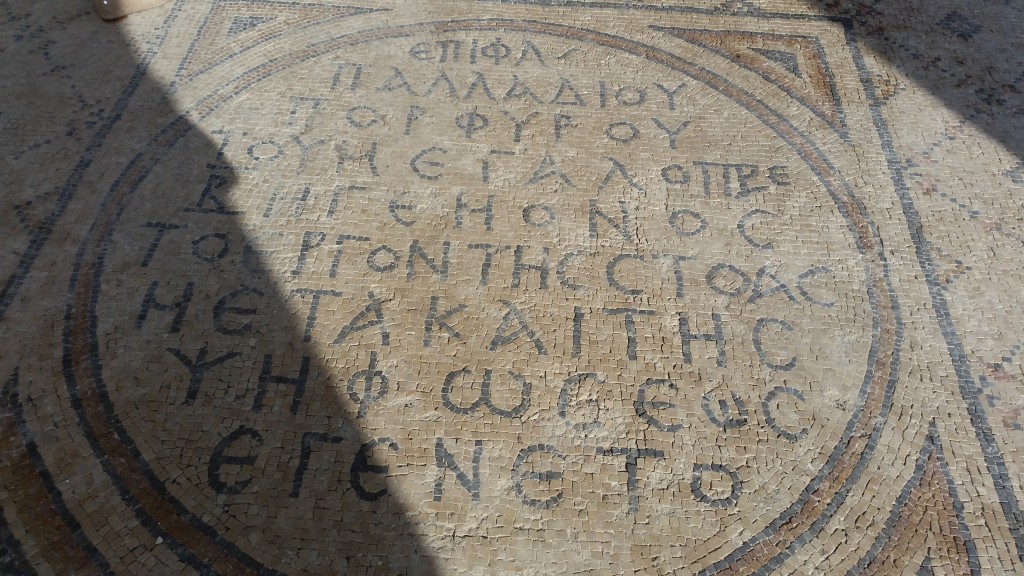
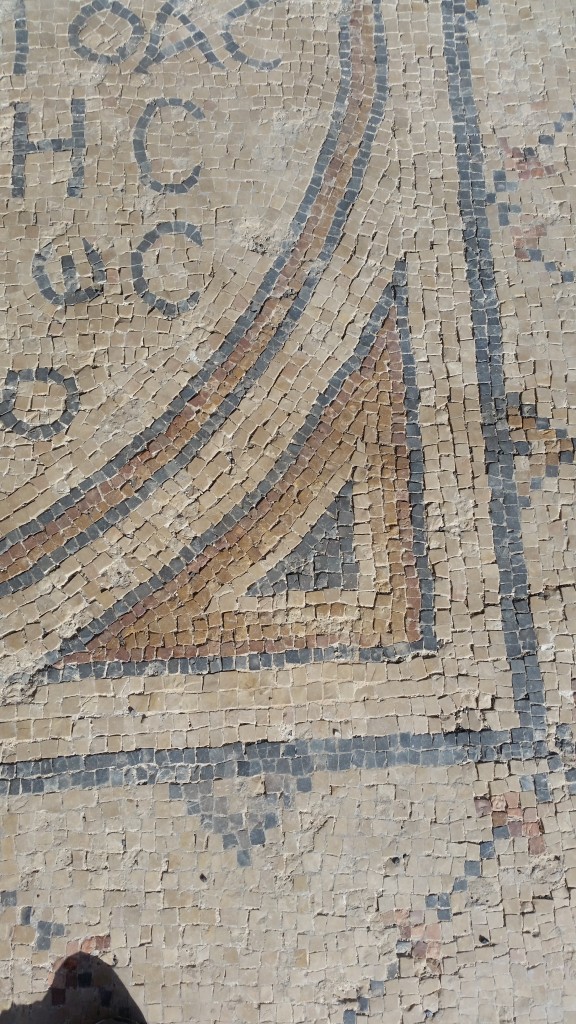
Frequently, we see the meander pattern named after the wandering meander river near Ephesus. It has nothing to do with the later Nazi insignia.
